American Airlines faced a serious challenge when turbulence injured two crew members on November 15, 2024. The Boeing 787-9 Dreamliner encountered moderate to severe turbulence shortly after taking off from Tokyo Haneda International Airport for New York’s John F. Kennedy International Airport. Despite the incident, the flight reached its destination with 279 passengers and 14 crew members on board.
During the early part of the journey, the turbulence hit near Tokyo, causing sudden movement. This event left two cabin crew members injured. However, the pilots managed the situation and ensured the safety of everyone. The aircraft, registered as N833AA, operates with a design to carry 285 passengers in four cabin classes. This flight was almost full, highlighting the busy travel season.
Moreover, turbulence incidents have become more frequent in recent years, leading to more injuries among passengers and crew. A significant cause of these events is clear-air turbulence, which happens without visible signs like clouds. It occurs when air masses move at different speeds, making it harder to predict.
Additionally, experts have linked the rise in turbulence to changes in weather patterns caused by climate change. Warming temperatures affect jet streams, increasing the risk of strong wind shear. Studies show that cases of clear-air turbulence have risen significantly since 1979. In fact, experts predict that these incidents could double by 2050, creating more challenges for airlines.
To address these issues, researchers suggest improving forecasting tools and finding ways to lower emissions. Better simulations of air conditions can also help airlines plan safer routes. American Airlines and other carriers must focus on these solutions to reduce future risks.
Related stories:
Catch up on the top stories and travel deals by subscribing to our newsletter!

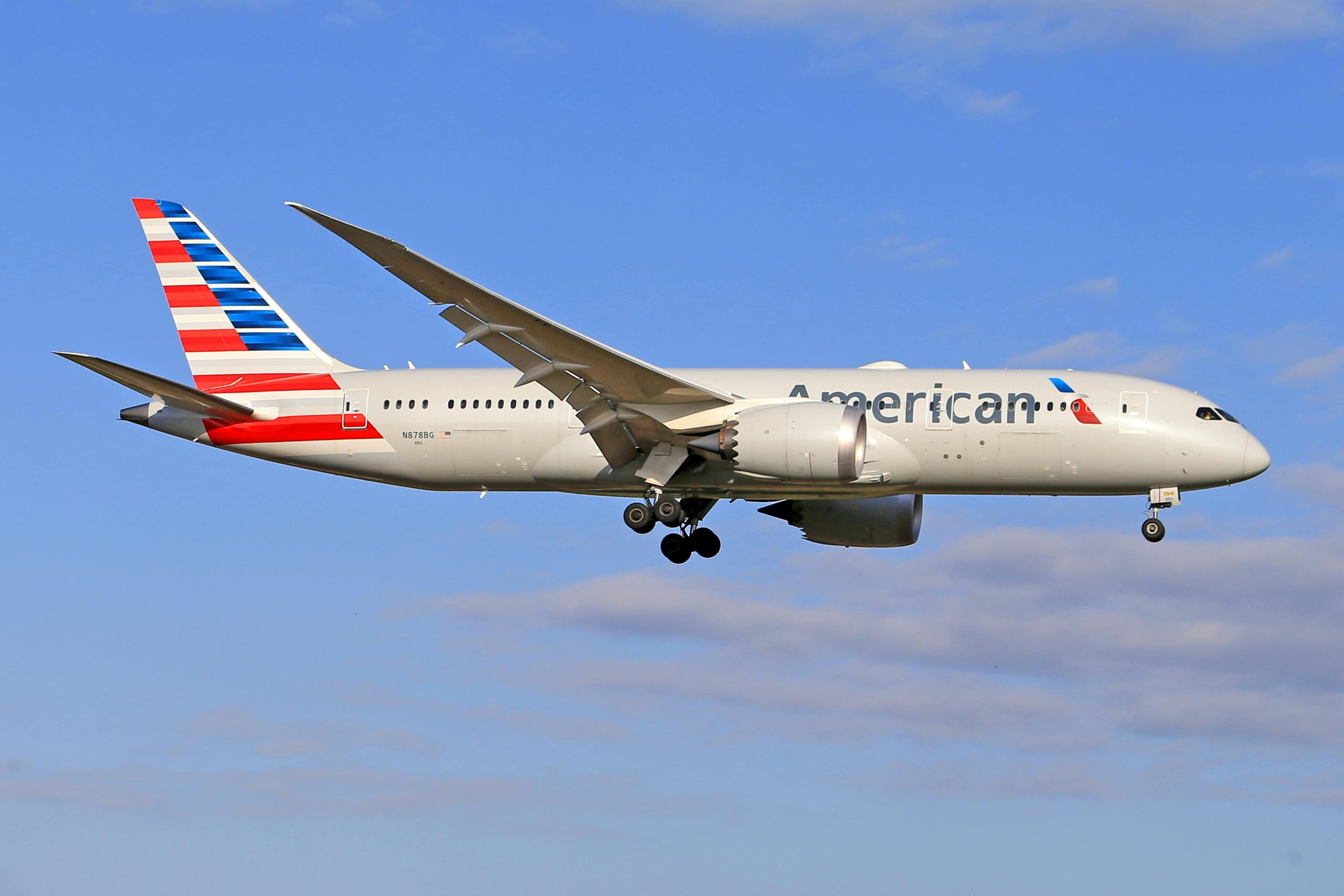

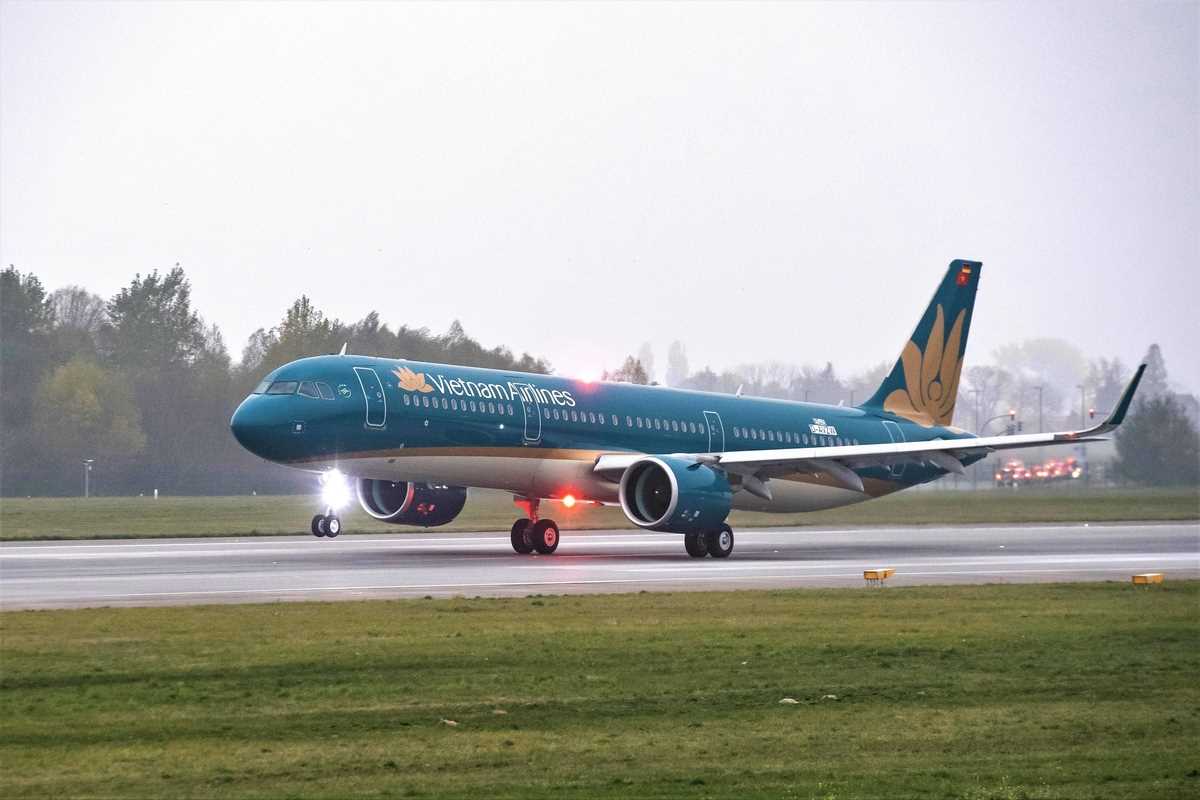
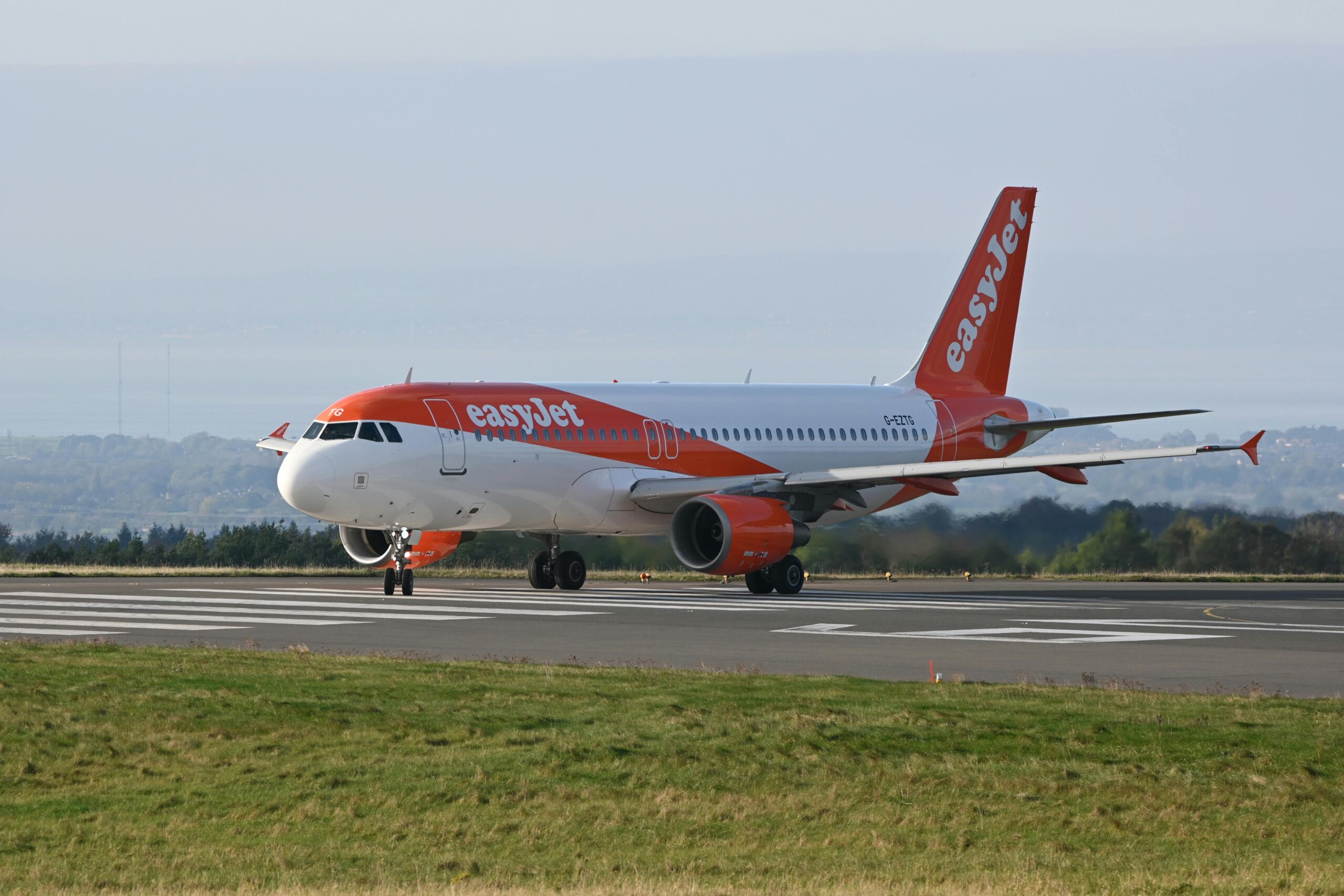
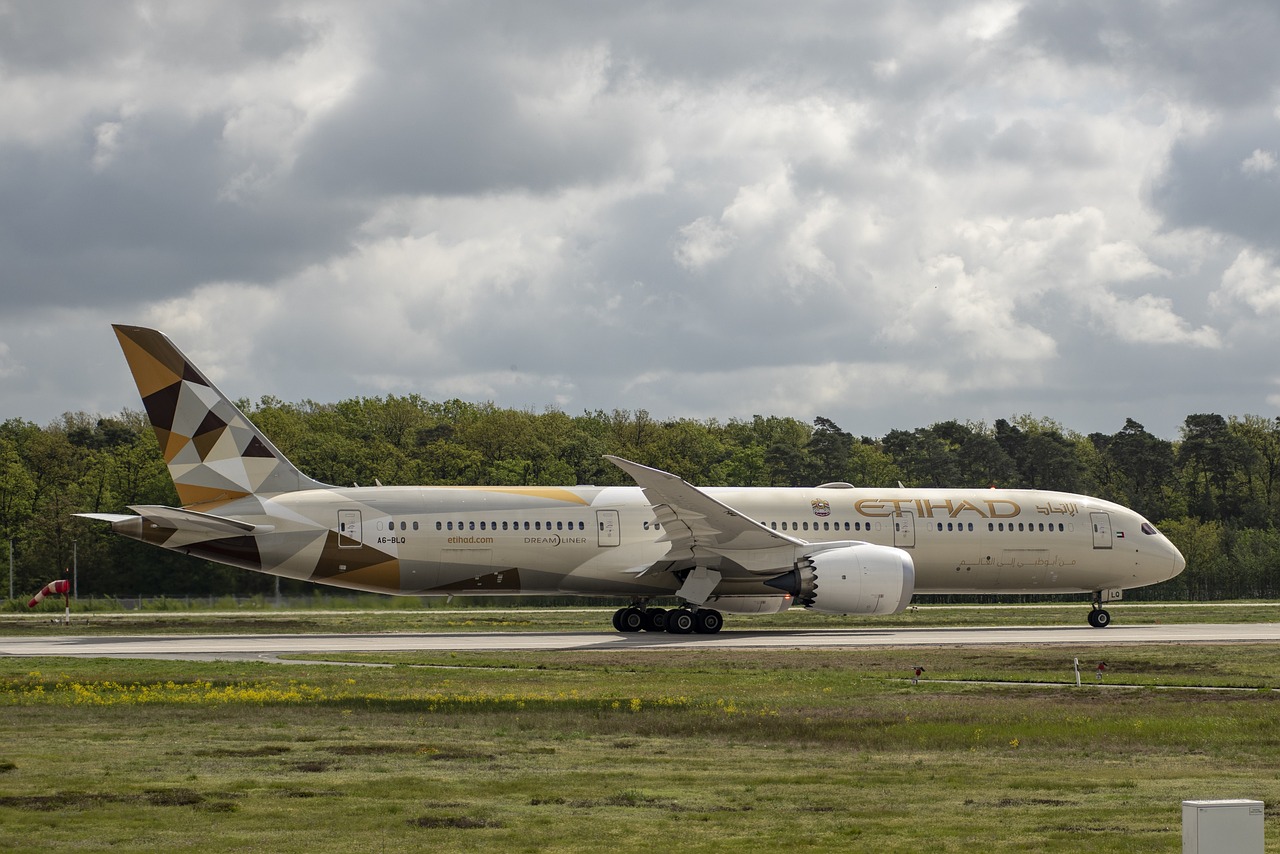
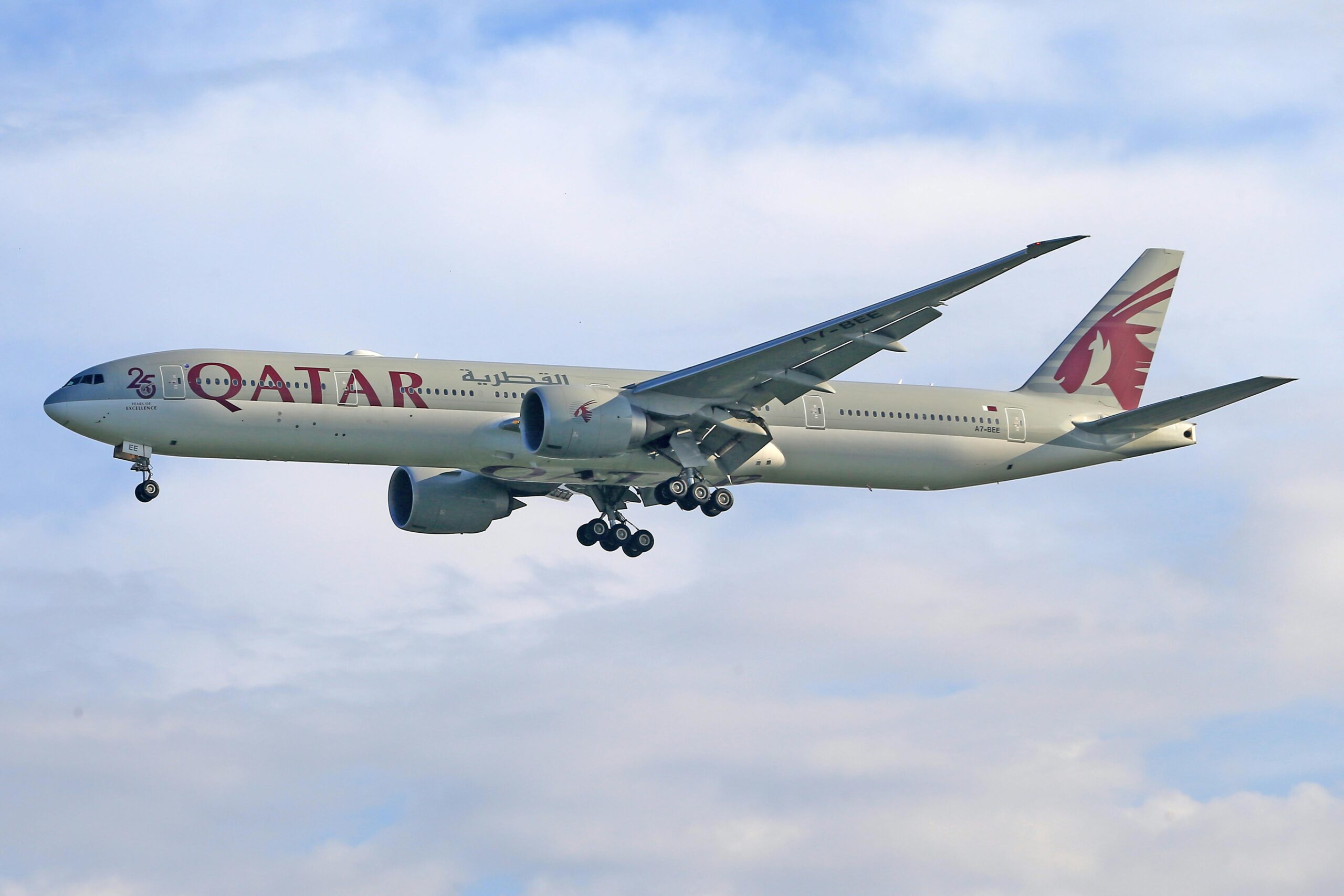
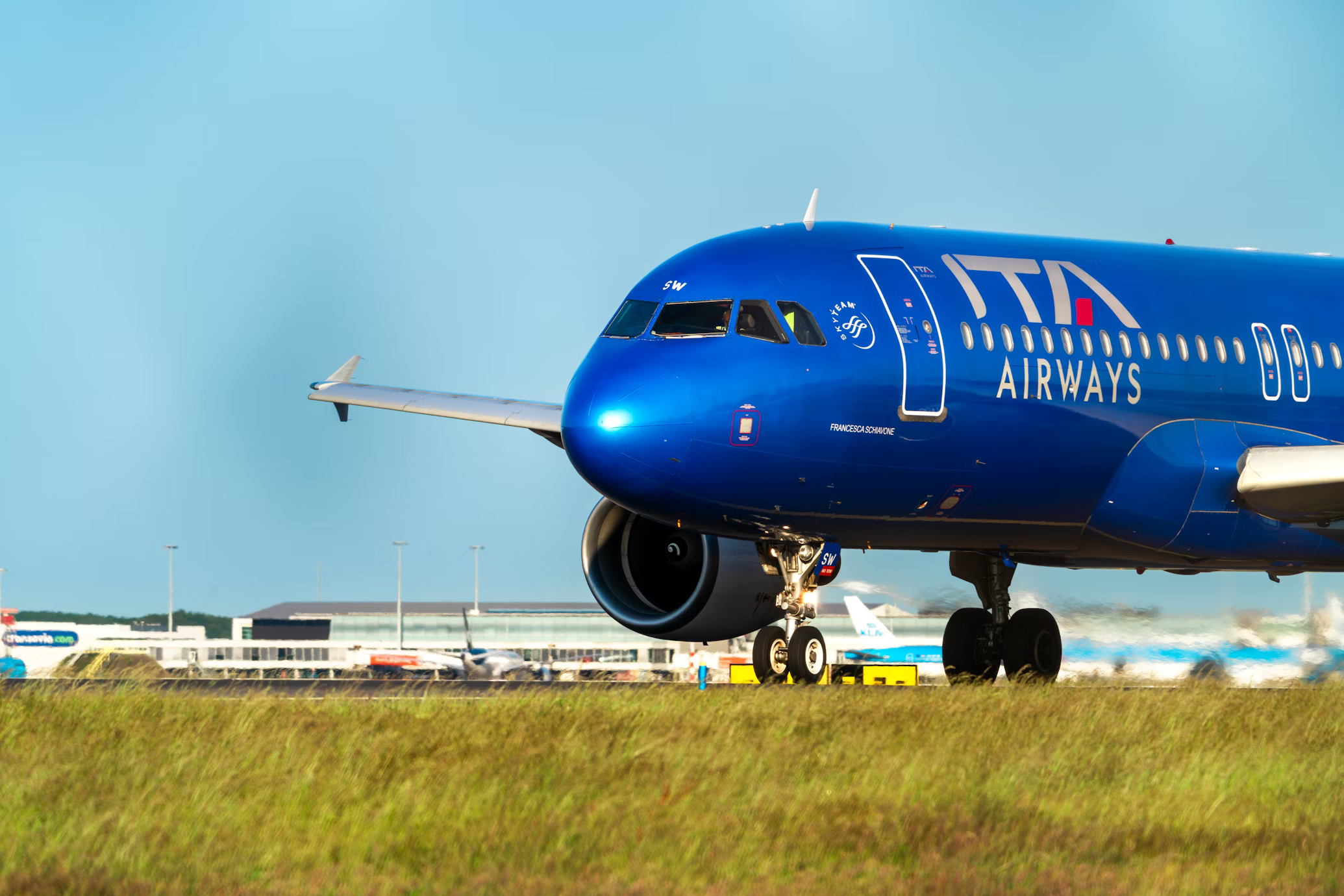

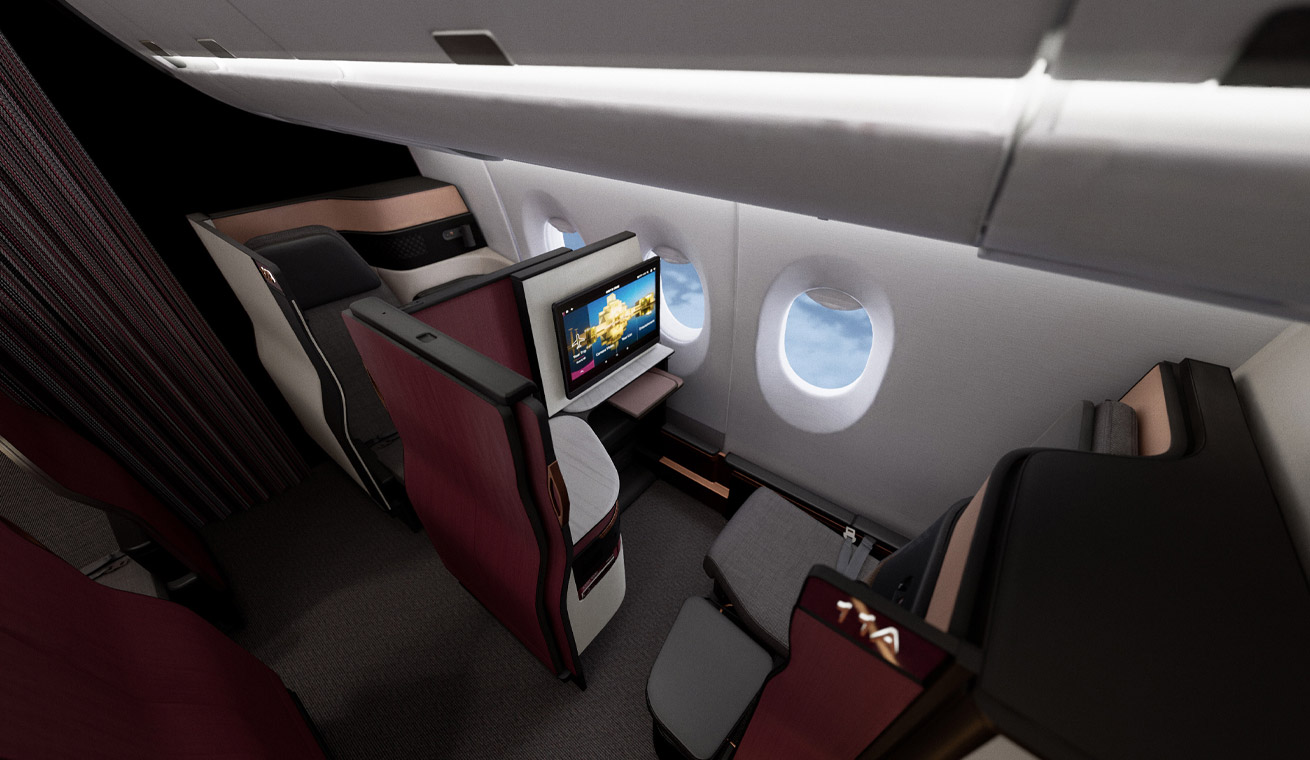


Leave a Reply